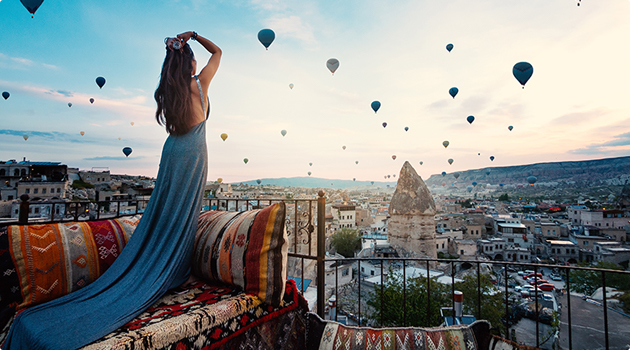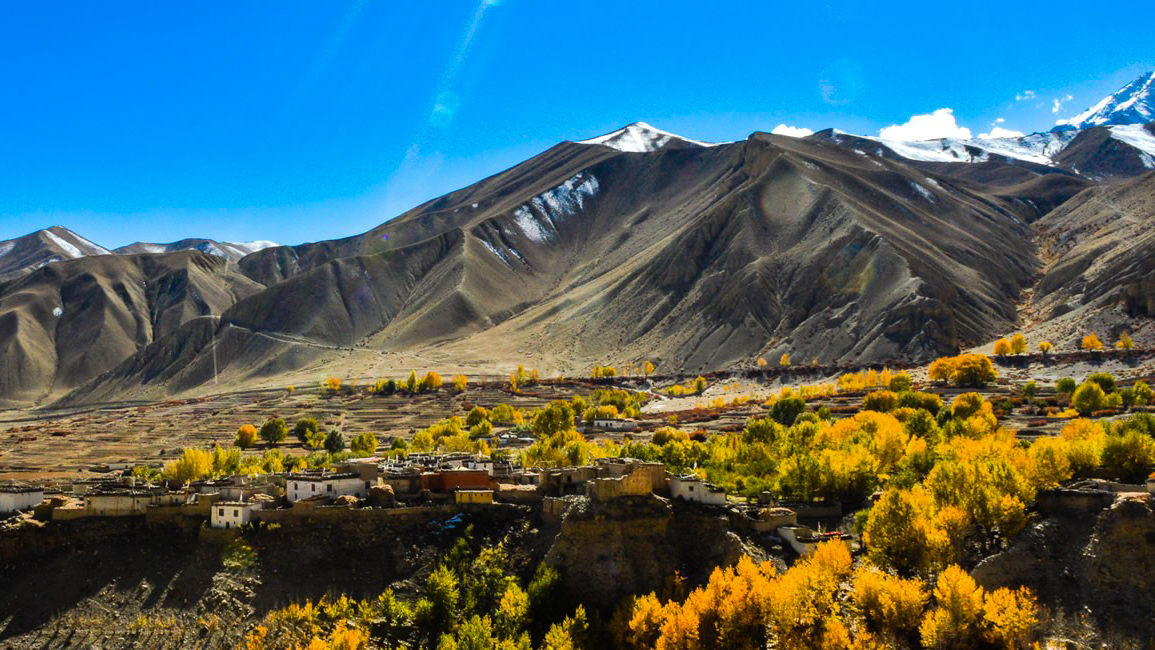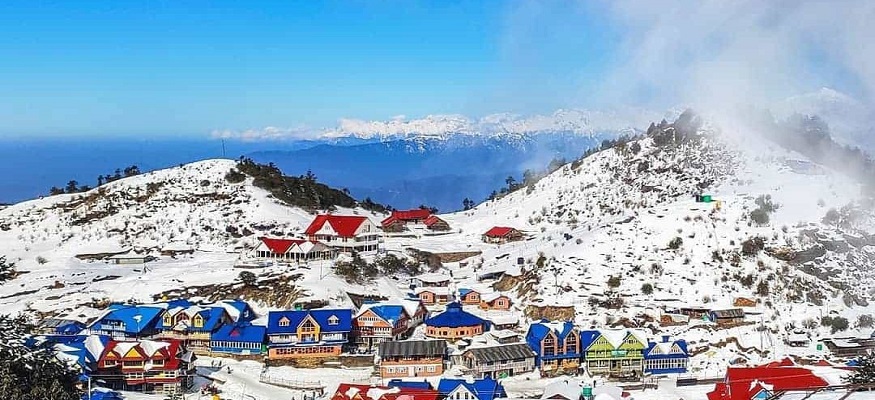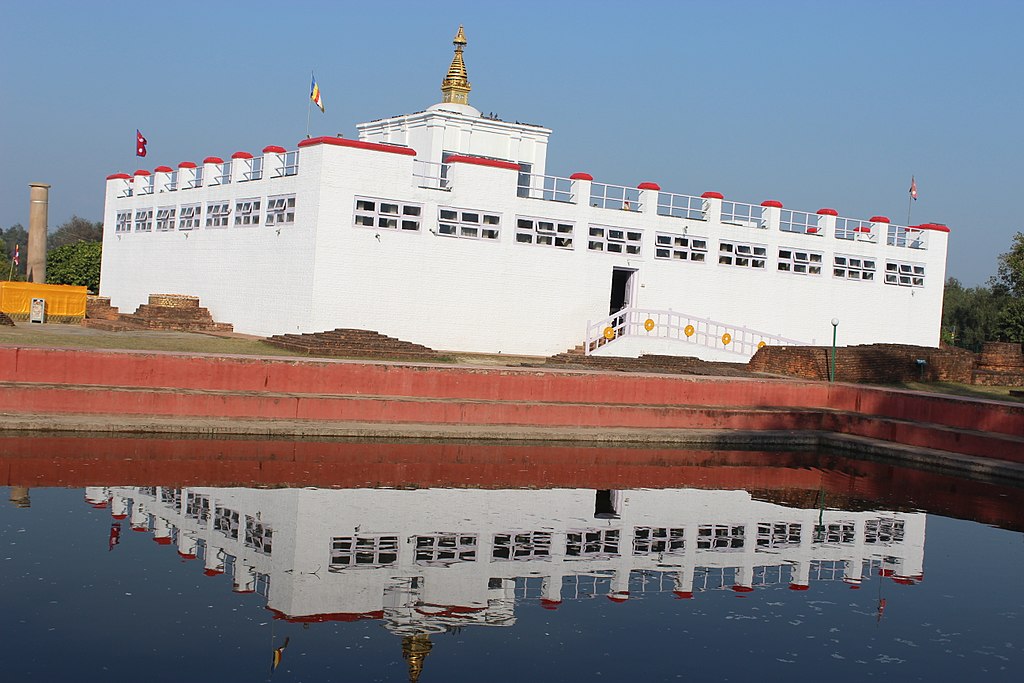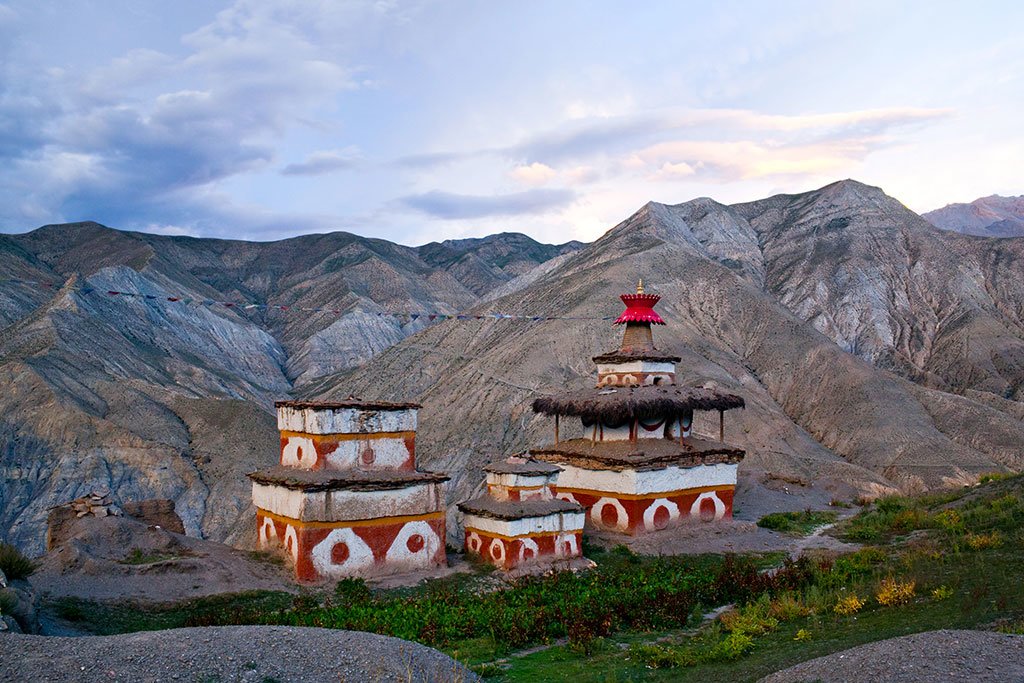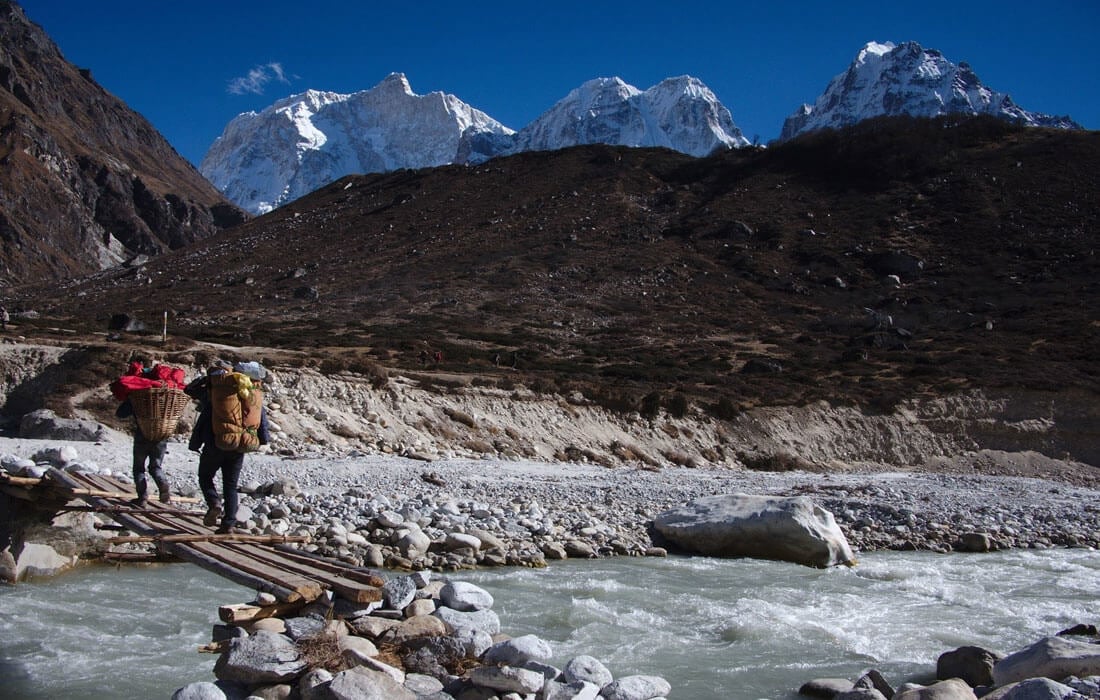 About this Trip
About this Trip
The Bajura Khaptad Trek represents a remarkable journey into Nepal's lesser-explored western frontier. What makes this trek special is its unique combination of natural beauty, spiritual significance, and access to authentic cultures still practicing centuries-old traditions.
As you journey through the Far Western landscapes, you'll witness dramatic topographical diversity. Beginning in the lower hills of Bajura with their terraced fields and traditional settlements, the trail progressively climbs through changing vegetation zones before emerging onto the stunning Khaptad plateau—a surreal landscape of rolling meadows surrounded by forests and crowned with panoramic mountain views. Each day's journey reveals new perspectives of the spectacular western Himalayan range while traversing landscapes rarely seen by foreign visitors.
The cultural dimension of this trek is particularly rich and distinctive. The Far Western region maintains unique traditions, dialects, music, and festivals that differ significantly from the more visited regions of Nepal. Ancient temples, traditional ceremonies, and distinctive architectural styles provide fascinating insights into cultural practices that have remained largely unchanged for generations. The spiritual significance of Khaptad, where the revered sage Khaptad Baba meditated for decades, adds a profound dimension to the journey that transcends typical trekking experiences.
Physically, the trek presents moderate challenges with varied terrain and steady altitude gain, though without the extreme elevations of other Himalayan expeditions. The relatively modest altitude makes this trek accessible to reasonably fit trekkers while still providing the authentic wilderness experience that defines Nepal's remote regions. The profound sense of discovery upon reaching the mystical Khaptad plateau—a hidden world of alpine meadows, sacred lakes, and spiritual significance—creates an unforgettable highlight.
Throughout the journey, connections formed with local communities, your trekking team, and fellow travelers add immeasurable depth to the experience. Sharing meals in traditional villages, learning about local customs directly from community members, and navigating varied landscapes together creates a unique camaraderie rarely found on more established trekking routes.
The Bajura Khaptad Trek represents a remarkable journey into Nepal's lesser-explored western frontier. What makes this trek special is its unique combination of natural beauty, spiritual significance, and access to authentic cultures still practicing centuries-old traditions.
As you journey through the Far Western landscapes, you'll witness dramatic topographical diversity. Beginning in the lower hills of Bajura with their terraced fields and traditional settlements, the trail progressively climbs through changing vegetation zones before emerging onto the stunning Khaptad plateau—a surreal landscape of rolling meadows surrounded by forests and crowned with panoramic mountain views. Each day's journey reveals new perspectives of the spectacular western Himalayan range while traversing landscapes rarely seen by foreign visitors.
The cultural dimension of this trek is particularly rich and distinctive. The Far Western region maintains unique traditions, dialects, music, and festivals that differ significantly from the more visited regions of Nepal. Ancient temples, traditional ceremonies, and distinctive architectural styles provide fascinating insights into cultural practices that have remained largely unchanged for generations. The spiritual significance of Khaptad, where the revered sage Khaptad Baba meditated for decades, adds a profound dimension to the journey that transcends typical trekking experiences.
Physically, the trek presents moderate challenges with varied terrain and steady altitude gain, though without the extreme elevations of other Himalayan expeditions. The relatively modest altitude makes this trek accessible to reasonably fit trekkers while still providing the authentic wilderness experience that defines Nepal's remote regions. The profound sense of discovery upon reaching the mystical Khaptad plateau—a hidden world of alpine meadows, sacred lakes, and spiritual significance—creates an unforgettable highlight.
Throughout the journey, connections formed with local communities, your trekking team, and fellow travelers add immeasurable depth to the experience. Sharing meals in traditional villages, learning about local customs directly from community members, and navigating varied landscapes together creates a unique camaraderie rarely found on more established trekking routes.

From $0
Price Varies from Group Size
Success
Here goes about why the success toast occurred.
 Itinerary
Itinerary
Arrival in Kathmandu (1,400m)
Kathmandu to Dhangadhi (110m)
Dhangadhi to Sanfebagar (720m)
Sanfebagar to Martadi (1,500m)
Martadi to Budhinanda (2,100m)
Budhinanda to Dogadi (2,300m)
Dogadi to Khaptad National Park Entrance (3,000m)
Khaptad National Park Entrance to Khaptad Plateau (3,300m)
Exploration Day in Khaptad National Park
Khaptad Plateau to Jhigrana (2,800m)
Jhigrana to Chainpur (1,300m)
Chainpur to Deura (1,100m)
Deura to Silgadhi (1,800m)
Silgadhi to Dipayal (550m)
Dipayal to Dhangadhi
Dhangadhi to Kathmandu
Departure from Kathmandu
 Services
Services
Includes
- Specialized bilingual guide with Far Western expertise
- Private transport where available
- All domestic flights (Kathmandu-Dhangadhi-Sanfebagar and Dhangadhi-Kathmandu)
- All ground transportation as outlined in the itinerary
- Daily meals during the trek: breakfast, lunch, and dinner
- Services of experienced guides, cooks, and porters during the trek
- All essential trekking permits, including Khaptad National Park fees
- Camping equipment when needed (tents, dining tent, toilet tent)
- Accommodation throughout the trek (hotels, guesthouses, camping)
Excludes
- Additional accommodation due to unexpected delays or flight cancellations
- Comprehensive travel and medical insurance for trekking
- Gratuities for the guides, porters, and trekking support staff
- International flights and entry visa fees for Nepal
- Personal trekking equipment and gear (sleeping bags, jackets, etc.)
- Extra food and drinks beyond the standard meal plan
- Any activities not specified in the itinerary
 Good to Know
Good to Know
Train 2-3 months in advance with regular cardio, hiking, and strengthening exercises. This moderately challenging trek involves varied terrain but doesn't reach extreme altitudes, making it accessible to reasonably fit trekkers. Pack for variable weather conditions as temperatures can range from warm days to cold nights, especially on the Khaptad plateau. Bring water purification methods, as clean water sources are limited in some areas. Learn basic Far Western Nepali greetings to enhance cultural interactions. Consider bringing small educational supplies to donate to remote schools if desired. Though less challenging than high-altitude Himalayan treks, the remoteness requires proper preparation and respect for local customs.
Wildlife Encounters
Himalayan black bears in forested regions
Musk deer in national park boundaries
Himalayan tahr on rocky slopes
Wild boars in lower forest areas
Rhesus and langur monkeys
Diverse bird species including Impeyan pheasants (Nepal's national bird)
Himalayan griffons soaring overhead
Various small mammals including martens and weasels
Red foxes in meadow areas
Rich butterfly species in lower elevations
 Reviews
Reviews
 FAQs (Frequently Asked Questions)
FAQs (Frequently Asked Questions)
Your queries are answered.
Do I need previous trekking experience?
While previous trekking experience is beneficial, this route can accommodate determined beginners with good fitness levels. The moderate altitude and reasonable daily distances make it more accessible than many Himalayan treks, though the remote nature still demands proper preparation.
What is the best time of year for this trek?
April-June (spring) and September-November (autumn) offer the best conditions. Spring features spectacular wildflower displays including rhododendron blooms, while autumn typically provides clearer mountain views and stable weather. The monsoon season (July-August) makes trails difficult, while winter (December-March) brings cold temperatures, especially on the Khaptad plateau.
How do I prevent altitude sickness?
While this trek doesn't reach extreme altitudes, proper acclimatization is still important. Stay well-hydrated, ascend gradually, and communicate any symptoms to your guide immediately. The itinerary is designed with appropriate acclimatization in mind, with overnight stops that facilitate gradual adaptation to increasing elevations.
What type of accommodation can I expect?
This trek involves a mix of basic guesthouses in towns and either basic teahouses or camping in more remote areas. Facilities are rudimentary compared to popular trekking regions, with shared bathrooms and simple amenities. In Khaptad National Park, accommodation options include basic park lodges or camping, depending on availability.
Is it possible to shower during the trek?
Basic washing facilities are available in most overnight locations, though hot water is not guaranteed throughout. In towns like Martadi, Chainpur, and Silgadhi, simple hot water showers may be available for an additional fee. Biodegradable wet wipes and dry shampoo are recommended packing items.
How reliable is the WiFi and phone connectivity?
Mobile phone coverage exists in district headquarters like Martadi, Chainpur, and Silgadhi, though signal strength varies. There is very limited or no connectivity in remote areas and within Khaptad National Park. Wi-Fi is generally unavailable except in larger towns, and even there it is often unreliable.
Can dietary restrictions be accommodated?
Basic dietary restrictions can be accommodated with advance notice, though variety will be limited. Vegetarian diets are relatively easy to maintain, as traditional meals often feature lentils, rice, and seasonal vegetables. Those with strict dietary requirements should discuss this during the booking process.
How much should I budget for the trek?
Beyond the package cost, budget approximately $150-200 for personal expenses, including additional snacks, beverages, hot showers, small souvenirs, and contingencies. Most villages have limited purchasing options, but district headquarters offer small markets and shops.
How much should I tip the guides and porters?
Tipping is customary and appreciated. A general guideline is $10-15 per day for guides and $5-8 per day for porters, typically given at the end of the trek. Consider the level of service and the challenging nature of the remote terrain when determining appropriate amounts.
